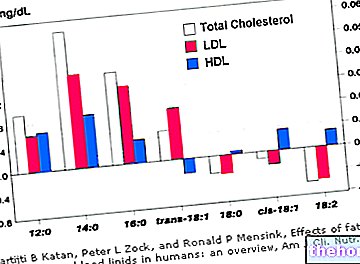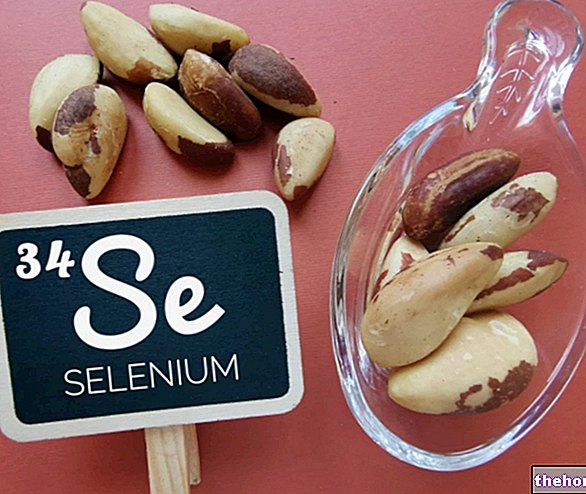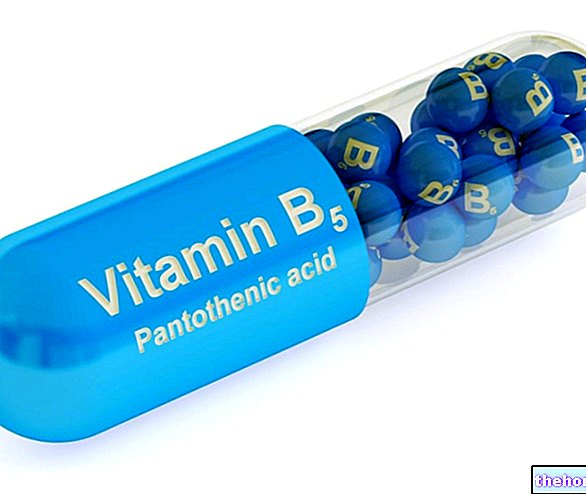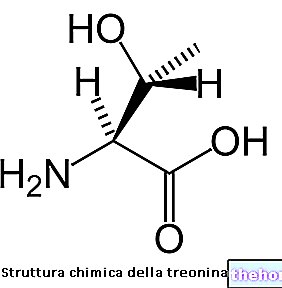Not just dairy products
Vegetables are a valuable source of calcium, second in importance only to dairy products. Among the vegetables richest in calcium we remember agretti, green leafy vegetables (chicory catalonia, turnip greens, rocket and lettuce), broccoli, celery, fennel, cabbage and leeks. Sage, with its 600 mg of calcium per 100 grams, is one of the richest vegetables in this element; c

The importance of vegetables rich in calcium in the diet is particularly relevant in the diet of lactose intolerant people. These individuals, given the lack of lactase, are in fact forced to remove foods rich in lactose from their diet in a more or less drastic way. As a result, depriving yourself of milk and dairy products (although yogurt and hard cheeses are generally well tolerated) can lead to calcium deficiencies in the long run. The same goes for strict vegetarians (vegans).
Bioavailability of calcium in vegetables
Generally, the calcium found in vegetables is considered to be much less available than that contained in milk and dairy products. This assumption derives from the presence of anti-nutritional factors such as phytic acid and oxalates, which limit the absorption of calcium by forming insoluble compounds. Foods particularly rich in phytates and oxalates are bran, spinach, rhubarb and tomatoes.
Apart from oxalic acid and phytic acid, it is necessary to consider that the calcium present in vegetables is highly bioavailable, because it is found together with synergistic minerals (in this study, for example, it is shown how the calcium in cabbage is absorbed in even greater percentages than in that of milk). In cheeses and dairy products, on the other hand, in addition to calcium, we find important quantities of phosphorus, which in high doses (for example due to the addition of polyphosphates in melted cheeses) can limit its absorption. On this scientific basis rests the "eternal struggle between vegans, convinced supporters of the thesis according to which calcium of vegetable origin would be much more available than animal calcium, and supporters of an omnivorous diet, according to which milk and derivatives represent the most precious source of calcium available in nature. Simply, to improve its absorption, protein excesses should be avoided by consuming at least 5-6 daily portions of vegetables. Salt should also be severely limited, as well as alcohol. On the other hand, we cannot forget that a small glass of skimmed milk and a jar of yogurt provide about 150 mg of calcium each, while 5 teaspoons of grated Parmesan cheese (25 g) provide even 300 mg.
Calcium content in vegetables
Other Foods - Vegetables Garlic Agretti Asparagus Basil Beets Borage Broccoli Capers Artichokes Carrots Catalonia Brussels sprouts Cauliflower Cabbage and Savoy cabbage Red cabbage Cucumber Chicory Turnip greens Onion Sauerkraut Watercress Edamame Chives Chanterelles Flour Cassava Flowers Pumpkin Flour Edible Flowers Pumpkin Seasonal Fruits and Vegetables Endive Salads and Salads Strengthening Salad Lettuce Aubergines Vegetables Nettle Pak-Choi Parsnip Potatoes American Potato Peppers Pinzimonio Tomatoes Leeks Parsley Radicchio Turnips Red Turnips Radishes Rocket Shallots Endive Celery Celeriac Seeds Sprouted Spinach Truffle Valianamberi or Jerusalem artichoke laxatives Saffron Pumpkin Zucchini Vegetables - Nutritional properties OTHER VEGETABLE ITEMS Categories Food Alcoholics Meat Cereals and derivatives Sweeteners Sweets Offal Fruit Dried fruit Milk and derivatives Legumes Oils and fats Fish and fishery products Cold cuts S pezie Vegetables Health recipes Appetizers Bread, Pizza and Brioche First courses Second courses Vegetables and Salads Sweets and Desserts Ice creams and sorbets Syrups, liqueurs and grappa Basic preparations ---- In the kitchen with leftovers Carnival recipes Christmas recipes Light diet recipes Women's Day, Mum, Dad Recipes Functional Recipes International Recipes Easter Recipes Recipes for Celiacs Recipes for Diabetics Recipes for Holidays Recipes for Valentine's Day Recipes for Vegetarians Protein Recipes Regional Recipes Vegan Recipes




























